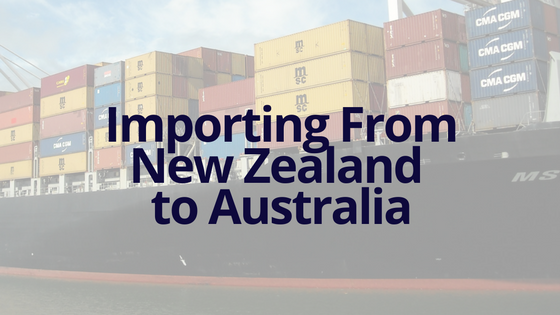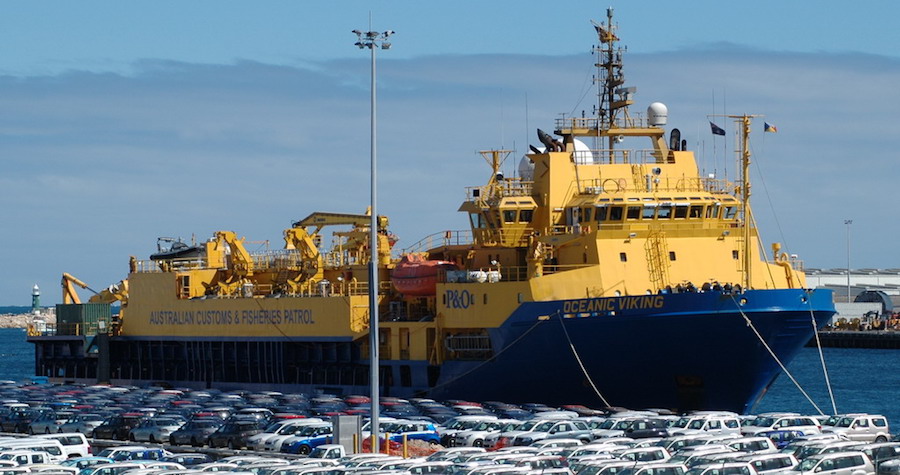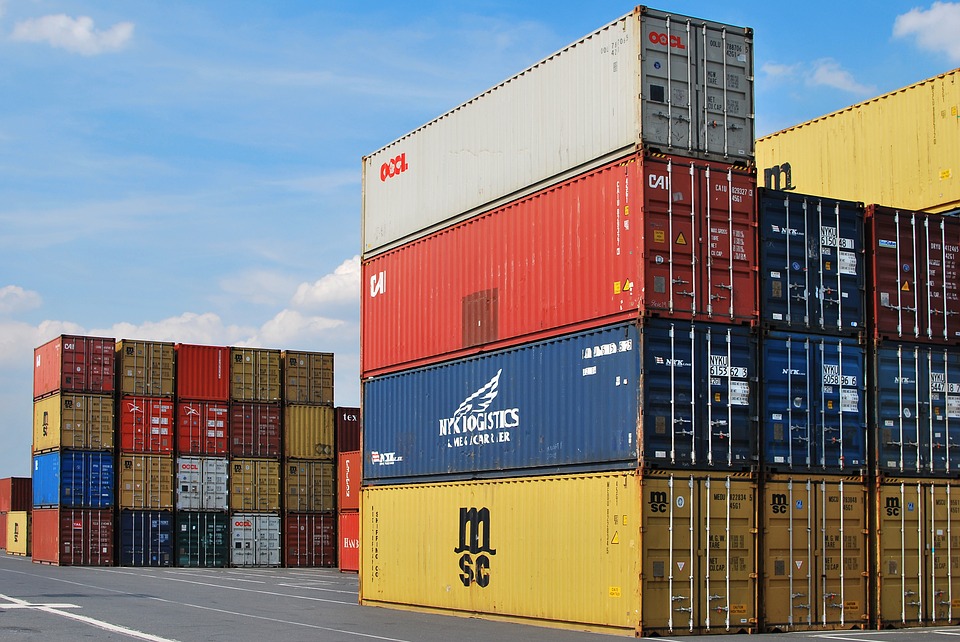A Guide To Importing From New Zealand For Australian Businesses
If you're starting to look into importing from New Zealand, this guide will help you discover how to identify, source, and import goods from New Zealand to sell in Australia.
For small business owners looking to import from New Zealand, this option may turn out to be a more cost effective solution than sourcing for products in Australia. Major imports from New Zealand include tobacco, edible products, gold and crude petroleum.
According to The Department of Foreign Affairs and Trade, Australia’s import trade with New Zealand averages over AUD 7 billion annually. This ranks the country 6th in terms of merchandise trade in Australia

How to import from New Zealand
Here’s what you need to do if you want to import from New Zealand.
- Obtain information on the types of goods you are allowed to import and carry out market research.
- Explore online marketplaces of manufacturers and suppliers to source the goods you want.
- Carry out due diligence on your supplier and sign a contract with them.
- Arrange for shipping and logistics from New Zealand to Australia.
- Understand the various regulations, tariffs, and licenses you need to export.
- On arrival of your goods in Australia you pay the necessary duty, tariffs, and any other fees.
- Market your goods for sale in Australia.
Dealing with importing, international shipping, tariffs, licenses and more can be tricky. We strongly recommend bringing someone into your business who has experience and knowledge in the field
What can you import from New Zealand to Australia?
It’s important to consider market trends before making a decision to import. Conduct market research to understand if there is a demand for the product in Australia. Be sure to analyse your competitors and survey existing customers
Here are some hints and tips:
- Avoid food and perishables — It’s very expensive to import goods that can be spoiled, as you’ll need specialised containers. Additionally, Australia has strict regulations on importing produce.
- Avoid importing products that are widely available already — It can be hard to wiggle your way into the market when the supply for products are widely available. Plus, larger companies tend to order in bulk at wholesale prices.
- Source items based on your prospective market, not the other way around — Find out what prospective customers want and source items from China based on that. Don’t source items hoping you’ll then find an audience (you probably won’t).
- Understand your margins and pricing — Work out your pricing strategy by calculating your fixed and variable costs.

Sourcing goods from New Zealand
There are a selection of Kiwi suppliers and manufacturers to choose from. You can find them below:
- Aus Trade New Zealand
- New Zealand Customer Service – Supplier codes and names
- GMP Pharmaceuticals
- Caelera
- Many more…
Once you know the types of products you’re after, make a shortlist of suppliers. Next, you’ll want to:
- Read reviews on the suppliers including their customer service, the quality of the goods they provide, and any issues others have had with them.
- Contact the suppliers and request a sample of the goods you’re interested in. When you receive the sample have it independently appraised to make sure you’re getting what you pay for.
- Ask the supplier about their terms for payment, how long it will take them to send the product to you, what protections and guarantees you have, and what their policies are on returns.
- Complete any other due diligence, and if you’re satisfied, sign a contract with them.
Typical container costs — shipping from New Zealand to Australia
If you’re only purchasing a small quantity or your items aren’t too heavy or bulky, consider air freighting them back to Australia. If you’re buying larger quantities, you’ll probably have to use a shipping container.
The Sea Freight Calculator lists the cost of renting a full container New Zealand to Australia as approximately:
- 20 ft container — $1,000 USD
- 40 ft container — $1,300 USD
And according to Australia Trade, renting part of a container will cost you between $150 and $250 AUD per cubic meter or 1,000 kilos, whichever is greater.
However, these are purely the costs to ship goods from New Zealand to Australia. Once you get them here you’ll need to pay for getting your goods to a warehouse, storage, insurance, duties, and other fees.

Government regulations on imported goods from New Zealand into Australia
It’s important to follow trade regulations when importing goods into Australia. To learn more, read this comprehensive guide.
Some of these regulations include:
- A special permit may be required for certain types of goods. This include some chemicals, pharmaceuticals, produce, and more.
- Plant and animal goods may be quarantined.
- Tariffs, duties, and taxes may apply— More on that below.
- Some importers may be eligible for government concessions.
- Free trade agreements could work to your advantage.
- Be aware of several other costs.
- Ensure that your goods are labeled correctly..
For full details, please check out our guide to importing into Australia.
Understand costs to import from New Zealand
When you’re importing, it’s vital to understand your overall costs. These include:
- The cost of buying the product.
- Shipping, logistics, and distribution costs.
- Tariffs and duties due to New Zealand on export and Australia on import.
- Taxes and tariffs on your imported goods.
Generally, you will have to pay import duty and GST on goods valued over $1,000 AUD.
- Import entry costs and processing charges – Customs will charge you a fee (typically under $200 AUD) for processing your goods.
- Customs import duty is calculated as a percentage of the price you paid for the goods. The duty rate can range from 0% to 10%, but the rate for most goods is 5%.
- Goods and services sales tax (GST) will also be charged based on the following:
- The valuation of the goods plus;
- The customs import duty amount plus;
- The cost of insuring the goods and transporting them to Australia.
- GST is charged at 10% of the final amount.
This is just intended as a general guide – These charges can be influenced by what you’re bringing in, excise taxes, free trade agreements, and many other factors. Please do check with customs for your individual circumstances.
Some types of goods are eligible for concessions (reducing the amount of duty you need to pay). You can find a factsheet through this page, just look for “List of current tariff concession orders.” You’ll also find additional details on concession schemes here.
Sell your products
Once you’ve received your goods from New Zealand, market them and offer them for sale. Continue to research your markets, source goods, and sell them onwards at a profit, Good luck!
Paying for your goods in foreign currency
Doing import business from New Zealand is usually done in US dollars or New Zealand dollars.
If you are bringing goods in from NZ, consider using OFX They specialise in international payments and receipts for Australian businesses. Each client has a personal manager and access to a range of useful products like Forward Exchange Contracts, Options, Limit Orders and Currency Options.
OFX is a trusted partner of The Currency Shop. Click on this link , sign up and never pay a transfer fee for your international money transfers. Ever.
OFX charges no transaction fees. Minimum transfer A$250. Third party intermediary fees may still apply.
Learn more about OFX
What about receiving money in foreign currency?
Until recently, Australian businesses had 3 options to receive money from overseas customers:
- Get paid into a local Australian based, Australian dollar account.
- Open a Foreign Currency Account, usually with a bank
- Use a payment gateway like PayPal, Braintree or Stripe
Unfortunately, these options are usually filled with fees, balance requirements or massive exchange rate mark-ups.
In October 2017, Wise (formerly TransferWise) released its multi-currency account in Australia. It allows you to receive, hold and transfer 27 different currencies.
A unique feature that is particularly useful for businesses, is the ability to have local bank account details in USD, EUR, GBP, NZD, CAD or AUD. This makes receiving money from overseas customers really easy.
For the full review of the TransferWise Borderless Account, click here